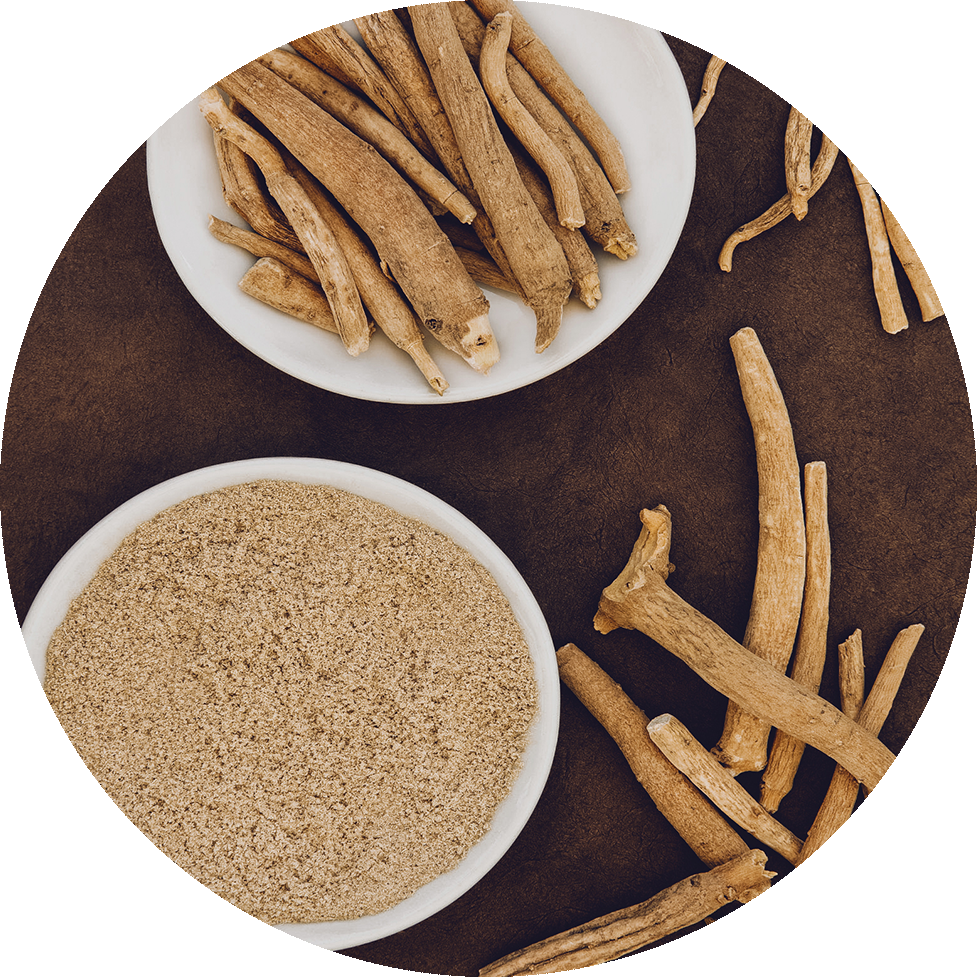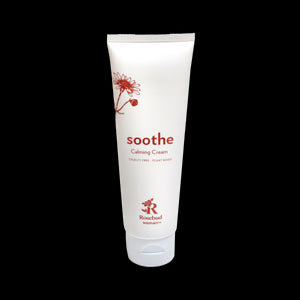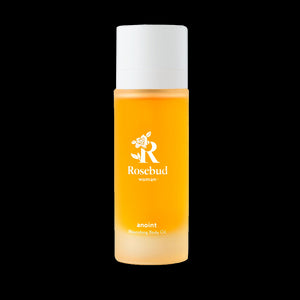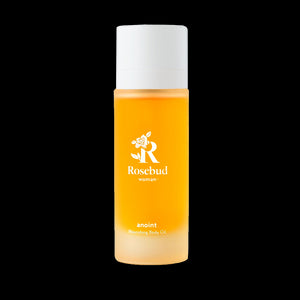Ingredients
Ashwagandha

LATIN NAME:
Withania Somnifera (plant and root)
COMMON NAME:
Ashwagandha, Indian Ginseng, Poison Gooseberry, Winter Cherry
LOCATION:
India, Nepal, China, Yemen
DESCRIPTION:
This plant appears in the form of a short, perennial shrub with small, bell-shaped leaves and orange/red fruit. Unfortunately, the Ashwagandha plant is very susceptible to pests and disease – ranging from leaf spot disease to pests like the carmine red spider. From a culinary standpoint, the berries from the plant can be used as a substitute for rennet (an enzyme that curdles milk) in the process of cheese making.
The plant has been used in traditional Chinese medicine for over 2,500 years to restore overall health and increase life longevity. The Indian or Hindu name, ashwagandha, translates to “smell and strength of a horse” – referring to the plant’s alleged ability to enhance sexual vigor.
TRADITIONAL APOTHECARY:
The extracted, dried, and pulverized root of Ashwagandha
is used in herbal medicine. Categorized as an adaptogen, it can be used for a wide array of purposes. It is used to treat fatigue, nerves, and is known to enhance memory. It also has a reputation as a strong aphrodisiac for both sexes, protecting against infertility in men. Studies from 1965 show that the alkaloids present in the plant can lower blood pressure, heart rate, and promote restful sleep. Note: Though it is traditionally used for these purposes, there is no quality research or evidence to prove its effect.





